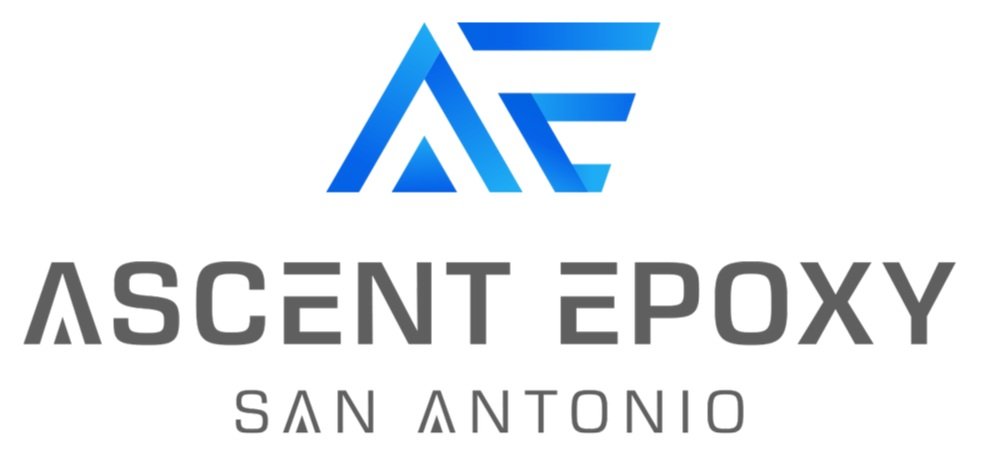If you’re a homeowner or business owner in San Antonio planning to refloor your garage, basement, or any other industrial surface, you might be considering an epoxy flooring system. This type of flooring has gained popularity due to its durability and aesthetic appeal. However, a common question that arises when considering this type of flooring is, “Is epoxy flooring slippery?” In this article, we’ll delve deeper into this topic to provide a clear and comprehensive answer.
Understanding Epoxy Flooring
Epoxy flooring, also known as resin flooring, is a unique flooring solution that’s created from a mix of hardeners and resins. When these two components are combined, they react chemically to form a rigid plastic material that is strong, resistant to degradation, and bonds extremely well to its substrate. This mixture creates a hard, resistant, and sustainable surface that can withstand heavy traffic and harsh conditions.
Epoxy flooring is applied in multiple layers on a floor to a depth of at least 2 millimeters. The thickness of the epoxy is what distinguishes it from an epoxy coating, which has a thinner layer. The result is a robust and durable finish that can handle the demands of even the most high-traffic industrial areas.
The Pros and Cons of Epoxy Floors
Like everything else in this world, epoxy floors come with their own set of advantages and disadvantages. Here are some key points to consider:
Pros
-
Budget-Friendly: One of the main reasons why epoxy floors are a popular choice for many San Antonio homeowners and businesses is their cost-effectiveness. Compared to other types of flooring, epoxy flooring offers a high-performance surface at a price that won’t break the bank.
-
Resistant to Damage: Epoxy floors are highly resistant to a variety of damages. They can withstand water, heat, and chemical damage, making them a suitable choice for environments that are exposed to such elements. Whether it’s a residential garage or an industrial warehouse, epoxy flooring can handle it all.
-
Durable and Sustainable: Epoxy floors are known for their longevity. They don’t wear out easily, providing a long-term flooring solution that you won’t have to replace for many years. This makes them a sustainable choice for those looking to make an environmentally friendly decision.
-
Easy to Clean: The smooth, seamless surface of epoxy floors makes them easy to clean and maintain. Dirt and dust don’t get trapped in any crevices, as there aren’t any! A simple sweep and mop will keep your floors looking shiny and new.
-
Customizable: One of the most appealing aspects of epoxy floors is their customizability. They can be mixed with colors and patterns to create a unique look that matches your aesthetic preferences. From a glossy showroom finish to a simple solid color, the design possibilities are endless.
Cons
-
Can Be Slippery: When wet, epoxy floors can be slippery, which is a concern for some people. However, this can be mitigated with certain precautions, which we’ll discuss later in this article.
-
Difficult to Apply on Wet Surfaces: Epoxy doesn’t adhere well to damp surfaces, so the underlying concrete must be dry before application. This can be a challenge in humid environments or areas prone to moisture.
Addressing the Slipperiness of Epoxy Flooring
While epoxy floors can be slippery when wet, they are generally more slip-resistant than many other flooring types. However, certain conditions, such as liquid spills or rainwater, can make them slippery. Here are some ways to mitigate this issue:
1. Apply Anti-Slip Coats
If you’re concerned about your epoxy floor being slippery, consider applying an anti-slip coating. Products like aluminum oxide, floating anti-slip media, and sand can be applied to your epoxy flooring system to increase slip resistance. These products create a textured surface that provides additional grip, reducing the risk of slips and falls.
2. Use Rugs, Mats, and Runners
Another effective way to reduce slipperiness on your epoxy floor is by placing synthetic or rubber mats in high-traffic areas. Not only do these mats provide extra traction, but they also add an element of comfort and can enhance the overall design of the space. Absorbent mats can also help by preventing the floor from getting wet in the first place, especially in areas where spills are likely to occur.
3. Use a Containment Mat
In colder climates where snow melting can cause water runoff in your garage, a containment mat can be a good solution. These mats are designed to absorb water and prevent it from spreading across the floor. They come in various sizes to fit your needs and can be an effective tool in keeping your epoxy floor dry and slip-free.
4. Keep the Floor Dry
Prevention is the best cure. Keep your epoxy floor dry to minimize slipperiness. Clean up any spills promptly and try to keep liquids away from your epoxy floor surface. Regular maintenance and quick response to spills can go a long way in keeping your floor safe and slip-free.
Conclusion
While epoxy floors can be slippery when wet, this issue can be effectively managed with the right precautions. Given their durability, resistance, sustainability, and affordability, epoxy floors remain an excellent choice for many San Antonio residents. With a few simple measures, you can enjoy the benefits of epoxy flooring without worrying about slipperiness.
